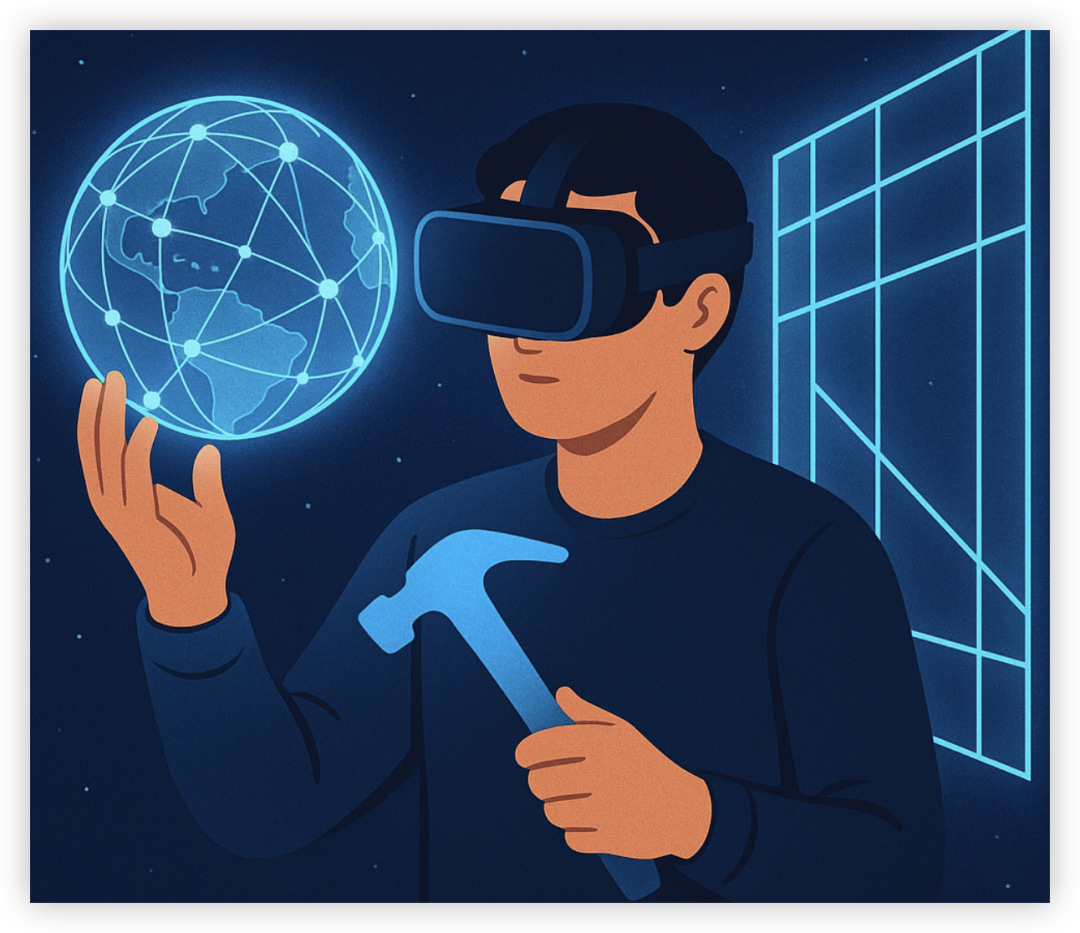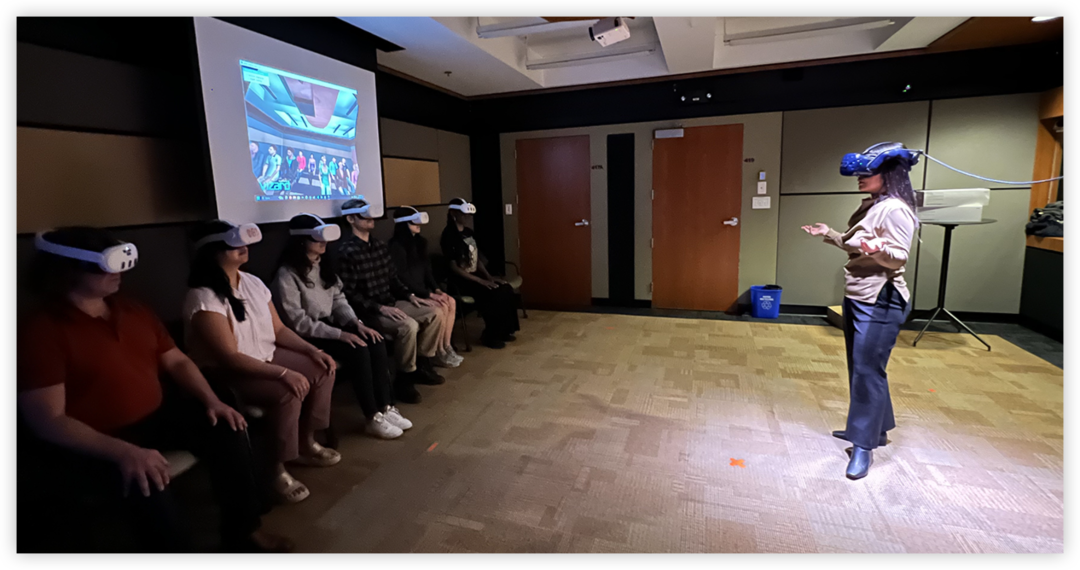Stanford's Latest Research: VR is Not Magic, But a Tool - Its Potential and Boundaries!

Have you ever fantasized about instantly being on an ancient battlefield, walking on Mars, or even experiencing a painless surgery? Virtual Reality (VR) technology is gradually turning these fantasies into reality. However, Stanford University's latest research reminds us: while VR is indeed cool, it's not a universal key, but a tool that needs to be used carefully.
VR's Advantages and Application Scenarios
Imagine if you're a newly graduated doctor wanting to practice complex surgical operations. The traditional method would be repeatedly watching videos or dissecting cadavers, but this obviously isn't intuitive enough. VR can open a window for your brain, letting you "experience" each surgical process in a virtual environment, greatly improving learning efficiency.
Not only that, VR can help us break through physical limitations. For example, you can explore the ruins of Pompeii or stand at the edge of the Grand Canyon to feel nature's magnificence without leaving your home. This immersive experience makes you wonder if you've traveled through time and space.

(Communication PhD student Eugy Han practicing public speaking in VR. There are six lab members present, but in VR, she's surrounded by dozens of virtual characters. As she practices specific steps, the system automatically adjusts the virtual audience's focus or distraction levels, helping her prepare for real presentations. | Yujie Tao / Stanford University)
VR's Limitations and Unsuitable Scenarios
But everything has two sides. While VR is powerful, it can't solve everything. First, wearing the device for extended periods may cause discomfort like dizziness and nausea, which isn't as comfortable as sitting on a couch. Second, for some simple tasks like writing emails or reading news, VR can seem cumbersome and inefficient.
Additionally, some actions that are very simple in reality become difficult in VR. For example, throwing a baseball - even if you practice extensively in the virtual world, you might not be able to throw accurately in a real game. After all, VR can't fully simulate tactile and force feedback, which is currently a major limitation.
Choosing the Right VR Experience
Stanford's research suggests that when choosing to use VR, we should focus on things that are "dangerous, impossible, inefficient, or expensive" in reality. For instance, learning complex skills through VR, exploring hard-to-reach places, or trying new identity experiences.
Meanwhile, an interesting phenomenon is that your virtual avatar might influence your behavior. For example, if you choose a muscular virtual avatar, you might be more willing to exercise; if you choose a tall avatar, you might become more confident. So, choosing a virtual avatar should also be done carefully.
Conclusion
VR is not a magical solution for everything; it's more like a practical tool in our lives. It can let us experience many things that can't be realized in reality, but not all problems are suitable for VR solutions. In the future, as technology continues to advance, VR will undoubtedly become more efficient and realistic, but for now, we need to stay clear-headed and learn to maximize its effectiveness in appropriate scenarios. After all, rather than trying to accomplish everything with VR, it's better to find its true value.
分享文章
3篇相关文章
Revolutionizing Your VR Experience! ELXTracking Magnetic Hand Tracking Makes Virtual World Within Reach
2025-10-09
Say goodbye to traditional VR hand tracking's lag and occlusion issues. ELXTracking's magnetic tracking technology brings unprecedented precision and freedom, allowing your hands to move effortlessly in the virtual world.
No Glasses Needed for VR! This Technology Really Understands Nearsighted Users!
2025-08-01
VR users' blessing! Japanese company Lannet launches VOY VR adjustable focus lenses, completely solving the glasses hassle for nearsighted/farsighted people in VR worlds, achieving truly unrestrained immersive experiences!
New Breakthrough in VR Therapy: Say Goodbye to 'Rumination', Is Depression Treatment Getting a 'Digital Hope'?
2025-06-17
'Feeling completely drained', 'Just want to lie down all day', 'Am I beyond help?' - Depression, this 'psychological cold' that sounds distant, has actually been quietly spreading. Data shows that over 300 million people worldwide are struggling with depression.